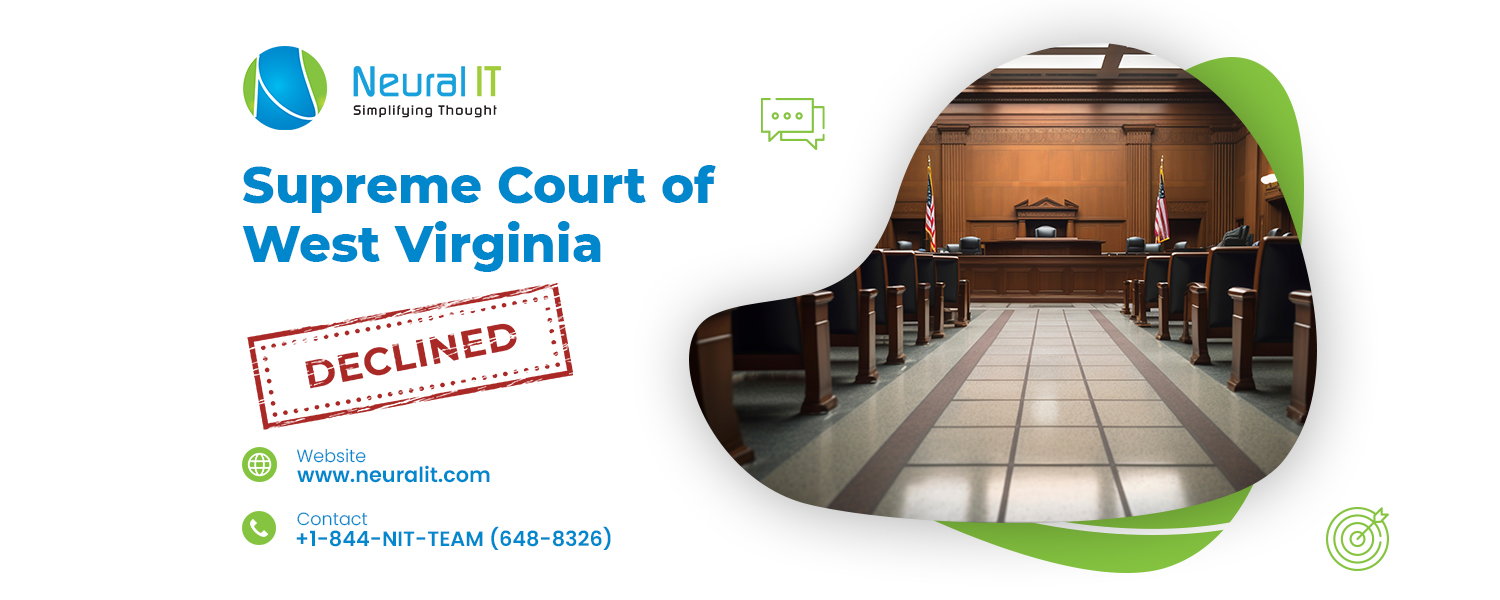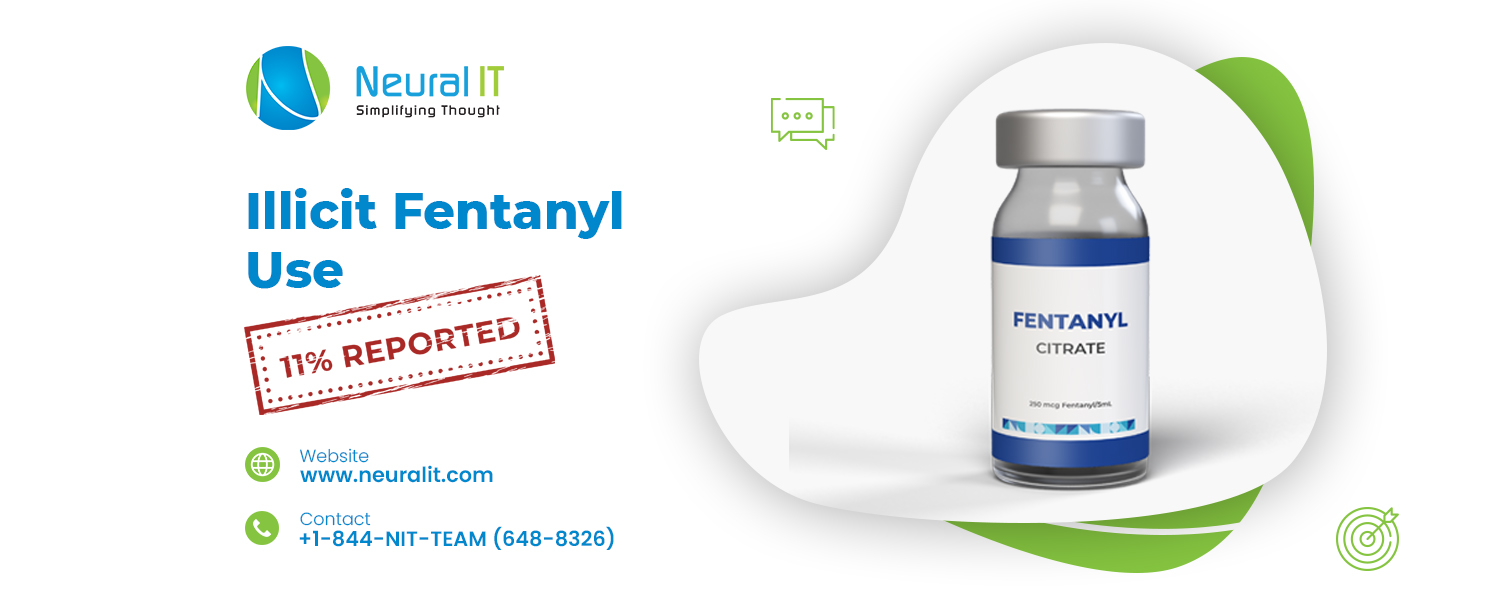Weekly Mass Torts Bulletin 2025-May-21
WV Court Won't Rule if Opioid Distribution is Nuisance

The Supreme Court of West Virginia has declined to answer a key legal question posed by a federal appeals court regarding whether opioid distribution can constitute a public nuisance under state law.
The decision sends the case back to the 4th U.S. Circuit Court of Appeals in Richmond, Virginia, prolonging an already lengthy legal battle.
Background of the Case
The case stems from a landmark lawsuit brought by Cabell County and the city of Huntington, West Virginia, against three major U.S. pharmaceutical distributors: AmerisourceBergen Drug Co., Cardinal Health Inc., and McKesson Corp. The plaintiffs accused the companies of contributing to a devastating public health crisis by distributing more than 81 million opioid pills over an eight-year period in the county. They argued that the companies failed to take action despite clear signs of widespread addiction and overdose within the region.
Initial Federal Ruling and Appeal
Nearly three years ago, a federal judge in Charleston ruled in favor of the distributors, stating that West Virginia's public nuisance law traditionally applied only to conduct that interferes with public property or resources. The judge determined that expanding the law to cover the marketing and sale of prescription opioids would conflict with its historical and legal context.
The plaintiffs appealed the decision, prompting the 4th Circuit Court to send a certified question to the West Virginia Supreme Court in 2023. The question asked whether the distribution of controlled substances can create the conditions necessary for a public nuisance claim under West Virginia common law and, if so, what the legal elements of such a claim would be.
State Supreme Court Declines to Weigh In
In a 3-2 decision, the West Virginia Supreme Court declined to provide an answer. This refusal means the case will return to the federal appeals court for further proceedings. Had the state court affirmed that opioid distribution could legally be classified as a public nuisance, the matter would have gone back to the 4th Circuit for additional review. A ruling to the contrary could have ended the appeal entirely.
The majority of justices chose not to intervene, with one justice — who is set to retire next month — issuing a separate opinion. Chief Justice and a circuit judge, both serving temporarily due to recusals, dissented from the majority's decision.
Reactions from Plaintiffs and Defendants
Attorneys for Cabell County and Huntington expressed disappointment at the court's refusal to weigh in. One lawyer stated, “The fight isn’t over. There’s still a long way to go. We continue on our path to seek justice.” He added that the appeals court will now need to address a combination of legal and factual concerns.
A spokesperson for Cardinal Health declined to comment on the ruling, and AmerisourceBergen and McKesson did not immediately respond to requests for comment. During oral arguments earlier this year, an attorney for the defendant companies criticized the plaintiffs' arguments as “radical” and warned that recognizing such claims could trigger a wave of “activist litigation.”
Broader Legal Landscape
This case is part of a broader wave of litigation involving thousands of state and local governments that have sued pharmaceutical companies over their role in the opioid crisis. While many cases have been settled — with nationwide deals potentially totaling over $50 billion — outcomes in trials have varied widely.
Interestingly, West Virginia’s Mass Litigation Panel had previously concluded in several cases that opioid distribution could support a public nuisance claim under state common law, adding complexity to the legal landscape.
Local Impact and Relief Sought
In 2021, Cabell County — a community of about 93,000 residents along the Ohio River — experienced 1,059 emergency calls related to suspected overdoses and at least 162 overdose deaths. The plaintiffs had sought more than $2.5 billion in damages to fund 15 years of opioid use prevention, education, and treatment programs.
As the legal process continues, the ultimate resolution of the case remains uncertain, leaving many in the community awaiting justice and accountability.
Illicit Fentanyl Use in U.S. Vastly Undercounted

A recent study has found that significantly more Americans are using illicit opioids, including fentanyl, than previously estimated, suggesting current government methods may drastically underreport the true scope of the opioid epidemic.
The findings, published in the JAMA Health Forum, call for improved surveillance to better inform the national response to the crisis.
Illicit Fentanyl Use Much Higher Than Reported
In a national survey of American adults, 11% reported using illicit opioids in the past year, while 7.5% said they had used illicitly manufactured fentanyl. These figures are over 20 times higher than those reported in the federal government’s National Survey on Drug Use and Health (NSDUH), which in 2022 estimated just 0.3% of adults had used illicit fentanyl.
Evolving Nature of the Opioid Crisis
The opioid epidemic in the United States has changed significantly over time. Initially driven by the overprescription of painkillers, the crisis shifted to heroin use in the early 2010s, and then to fentanyl—a synthetic opioid often illicitly manufactured—several years later. Today, fentanyl is involved in the majority of overdose deaths and is a major contributor to the rise in polysubstance use fatalities.
Limitations in Government Drug Use Tracking
The NSDUH remains the largest and most cited federal survey for tracking drug use in the U.S., but researchers believe it may fall short in capturing the full picture of illicit opioid use. One possible reason for the discrepancy is how the federal survey is conducted—about half of the responses are collected in person, which may lead to underreporting due to the sensitive nature of the questions.
New Survey Sheds Light on Illicit Opioid Behavior
To address these gaps, researchers from RAND Corporation and the University of Southern California conducted their own survey in June 2024. They asked 1,515 American adults about their use of nonprescription opioids, specifically including heroin and illicit fentanyl. The online format allowed participants greater anonymity, which may have contributed to more honest reporting.
A notable feature of this study was its distinction between intentional and unintentional use of illicit opioids. Among participants, 7.7% reported intentional use of nonprescription opioids, and 3.2% reported unintentional use. Regarding fentanyl, 4.9% admitted to intentional use, while 2.6% said they used it unintentionally—often due to fentanyl being mixed into other drugs without their knowledge.
First Opioid Exposure Often Linked to Prescription Drugs
The survey also explored how participants were first introduced to opioids. Of those who had used nonprescription opioids in the past year, 39% said their initial exposure came from medication prescribed to them. Another 36% reported first using prescription opioids that were not prescribed to them. The remaining 25% said their first opioid experience involved illicitly manufactured opioids such as fentanyl or heroin.
Call for Improved Data Collection
The study’s authors emphasized the importance of developing better, real-time methods for tracking illicit drug use. "This data is a critical piece in understanding and addressing the opioid crisis," said a co-author and USC economist. He added that more timely and accurate information is needed to measure the effectiveness of ongoing public health efforts.
Survey Limitations and Future Research Plans
While the study offers new insights, the researchers acknowledged limitations. Because the survey was conducted online, there is a possibility that the sample may not perfectly represent the broader population, despite demographic similarities to national averages. To strengthen their findings, the authors plan to repeat the study using alternative platforms that are less prone to bias.
Conclusion
This study adds to growing evidence that the federal government may be underestimating the scale of illicit opioid use in the U.S. As the opioid crisis continues to evolve, the need for accurate, timely data has never been more critical in shaping effective policies and saving lives.

